
Powering Your LED Puck Lights with Batteries
Share
Battery-operated LED puck lights are a flexible and convenient lighting solution for many spaces, from kitchens to closets, RVs to outdoor areas. Whether you're concerned about wiring limitations or looking for a simple DIY lighting project, battery-powered puck lights offer practical, energy-efficient illumination.
Table of Contents
- What Kind of Batteries Do Puck Lights Use?
- How Do You Change the Battery in a Puck Light?
- How Long Do Battery-Operated Puck Lights Work?
- How Are Puck Lights Powered?
- How Bright Are LED Puck Lights?
- What Wattage Are Puck Lights?
- Do LED Puck Lights Need a Transformer?
- How Do You Install Wireless Puck Lights?
What Kind of Batteries Do Puck Lights Use?
Most battery-operated puck lights use AA or AAA alkaline batteries, although some higher-end models may feature lithium-ion rechargeable batteries. Alkaline batteries are widely available, affordable, and easy to replace. However, lithium-ion batteries offer a longer lifespan and are more cost-effective in the long term.
For example, a standard puck light using 3 AA batteries can operate for up to 100 hours, depending on the brightness setting. Lithium-ion-powered puck lights, on the other hand, provide more consistent performance and can be recharged using a USB port. According to the U.S. Department of Energy, rechargeable batteries can reduce the overall environmental impact of battery-operated devices by up to 40% when used efficiently.
How Do You Change the Battery in a Puck Light?
Changing the battery in a puck light is a simple task, but doing it correctly ensures you maintain optimal performance. Here’s a quick guide:
- Remove the Cover: Twist or pry off the lens cover, depending on the model.
- Replace the Batteries: Insert fresh batteries, ensuring they are aligned correctly with the polarity markings.
- Reattach the Cover: Secure the lens back onto the fixture, making sure it clicks into place to protect the light from dust and moisture.
Many homeowners opt for rechargeable batteries to reduce waste and long-term costs. However, always check the manufacturer’s guidelines for battery recommendations to ensure you don’t compromise the lifespan or performance of the light.
How Long Do Battery-Operated Puck Lights Work?
The runtime of battery-operated puck lights depends on the type of batteries used, the brightness level, and how frequently they are turned on.
- Alkaline-powered puck lights typically last between 20 and 100 hours on a single set of batteries, depending on the brightness setting.
- Lithium-ion battery models offer a longer runtime, often reaching 150+ hours per charge.
For example, if a puck light is set to a dimmer setting, it may last several days of continuous use, whereas brighter settings will drain the batteries faster. According to research from the Lighting Research Center, dimmable lights can extend battery life by up to 40% when used on lower settings for ambient lighting.
How Are Puck Lights Powered?
Puck lights can be powered in three main ways: battery-operated, hardwired, or plug-in.
- Battery-operated puck lights are ideal for locations without easy access to electrical outlets. They are wireless and easy to install, making them perfect for closets, kitchen cabinets, and even outdoor spaces. However, frequent battery replacements or recharging can be a drawback.
- Hardwired puck lights offer a more permanent solution. They are connected directly to your home's electrical system, ensuring consistent power without the need to replace batteries. This is ideal for areas like under-cabinet lighting where you want uninterrupted illumination.
- Plug-in puck lights provide a middle ground, allowing flexibility with placement as long as there’s an available outlet. These lights offer the convenience of not needing to replace batteries while still being relatively easy to install.
In terms of ease of use and practicality, battery-powered puck lights are often favored in areas where wiring would be inconvenient or costly.
How Bright Are LED Puck Lights?
LED puck lights vary in brightness, typically ranging from 50 to 200 lumens per light. The brightness level you need depends on the application:
- Task lighting (e.g., under kitchen cabinets): Look for puck lights in the 120-200 lumen range to ensure sufficient visibility for cooking and food preparation.
- Accent lighting (e.g., bookcases or display shelves): 50-100 lumens is generally enough to highlight objects without overpowering the space.
For reference, a standard 100-watt incandescent bulb emits around 1600 lumens, so LED puck lights provide a much more targeted and energy-efficient option for small spaces. According to the Illuminating Engineering Society, LEDs are up to 85% more efficient than incandescent lights, making them a smart choice for both brightness and energy savings.
Further Reading:
What Wattage Are Puck Lights?
Most LED puck lights operate on 2 to 5 watts, making them extremely energy-efficient compared to traditional lighting options. For example, a 3-watt LED puck light produces approximately the same amount of light as a 30-watt incandescent bulb, but consumes 90% less energy.
The low wattage of puck lights also reduces heat output, making them ideal for installation in tight spaces like cabinets, where heat buildup could be an issue with incandescent or halogen lights.
Further Reading:
Do LED Puck Lights Need a Transformer?
For hardwired puck lights, you may need a transformer or driver to convert your home’s standard 120V AC power to the 12V DC required by most LED lights. Battery-operated puck lights, however, have their own power supply and don’t require external transformers.
If you’re installing a larger system of hardwired puck lights, choosing the correct transformer is critical to avoid overloading the system or dimming issues. The National Electrical Manufacturers Association recommends selecting a transformer that provides 10-20% more capacity than the total wattage of the lights being powered, ensuring stable performance.
How Do You Install Wireless Puck Lights?
Installing wireless, battery-powered puck lights is a straightforward process that doesn’t require electrical expertise. Here’s how you can easily do it:
- Choose the Location: Identify the area where you need lighting, such as under cabinets, in a closet, or along a hallway. Ensure the surface is clean and dry.
- Mount the Lights: Most wireless puck lights come with adhesive backing or mounting brackets. Stick the adhesive to the back of the light and press it firmly to the surface. If screws are provided, use them for a more permanent solution.
- Install Batteries: Insert the recommended batteries into the light before mounting.
- Test the Light: Once mounted, test the light by switching it on. Adjust the positioning if necessary to achieve the desired lighting effect.
For best results, place the lights 8-12 inches apart for under-cabinet lighting, and ensure they are positioned to avoid shadows or dark spots.
Conclusion: Maximizing the Benefits of Battery-Powered Puck Lights
Battery-powered LED puck lights provide unmatched flexibility for various lighting needs, whether you want to brighten up a dark closet or add accent lighting to your kitchen cabinets. With their energy efficiency, easy installation, and versatile placement options, puck lights are an excellent choice for anyone seeking practical and attractive lighting solutions without the hassle of wiring. By understanding the different power sources, battery life, and installation techniques, you can make the most of this simple yet effective lighting option in your home.
Further Reading:


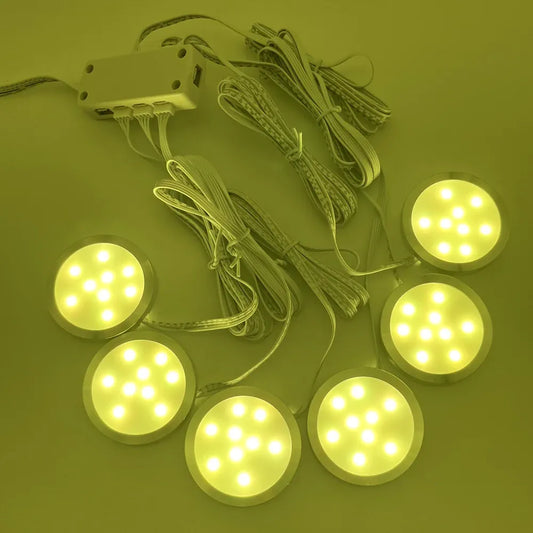



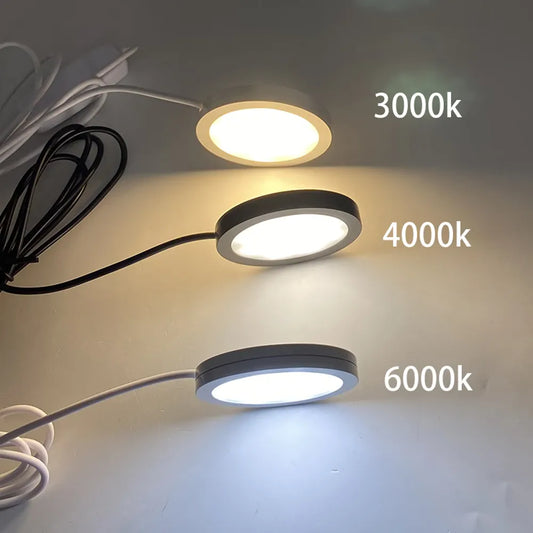

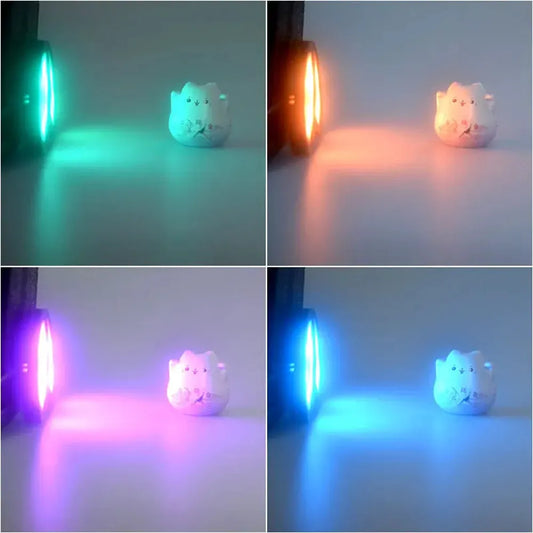



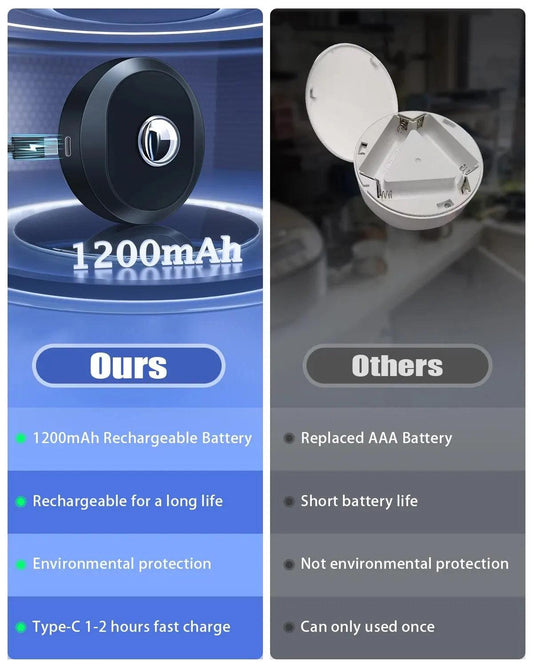

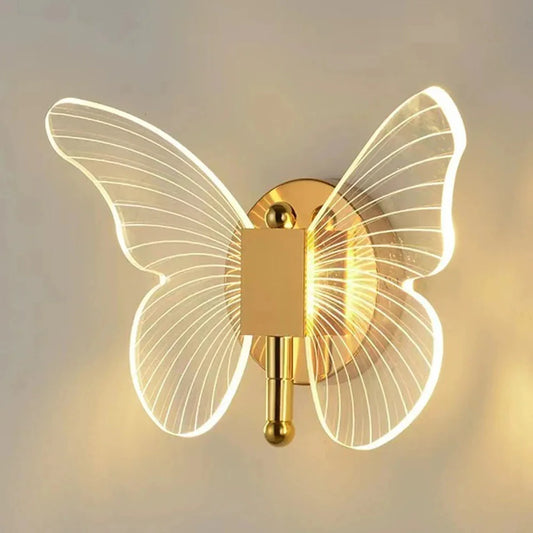

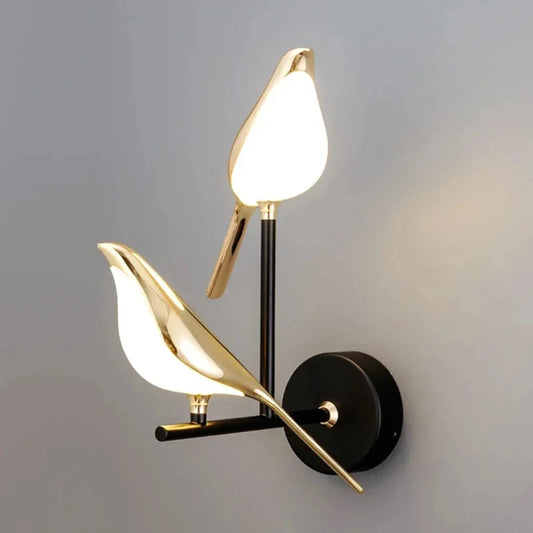

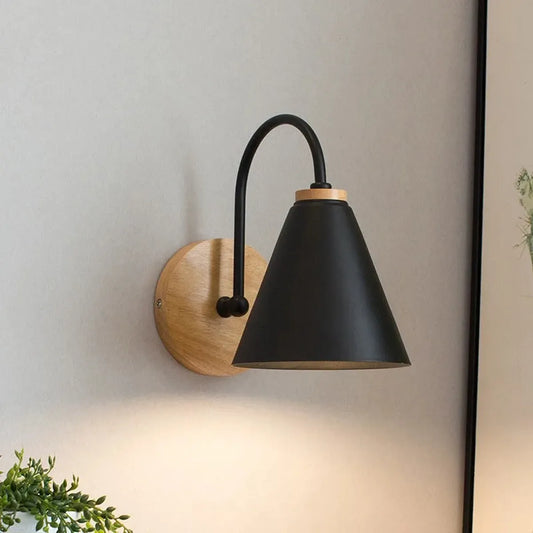



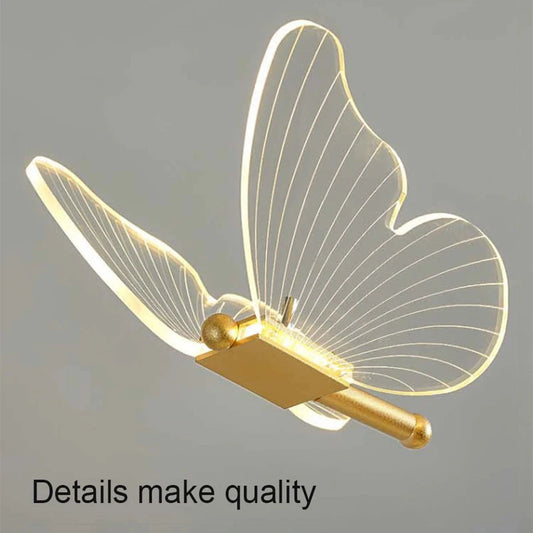

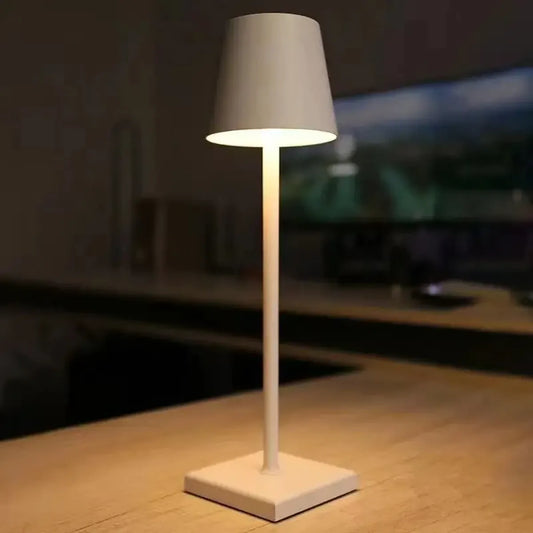



 />
/>
 />
/>
 />
/>
 />
/>
 />
/>